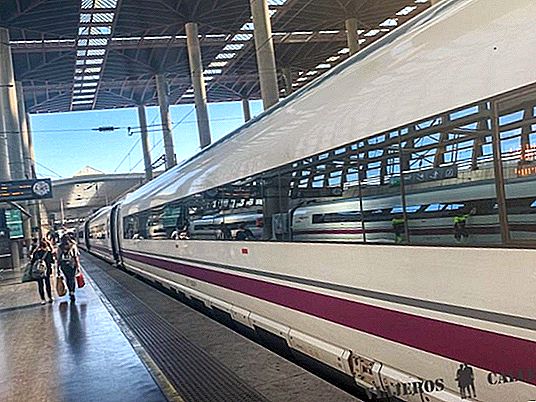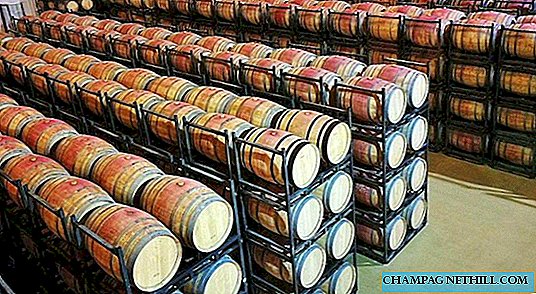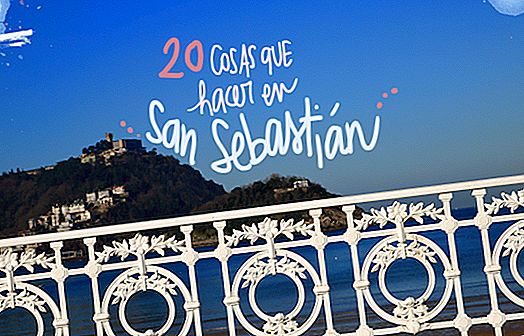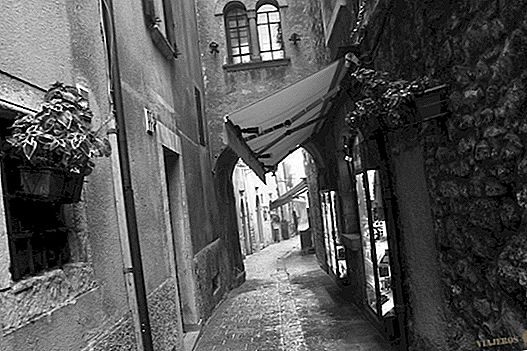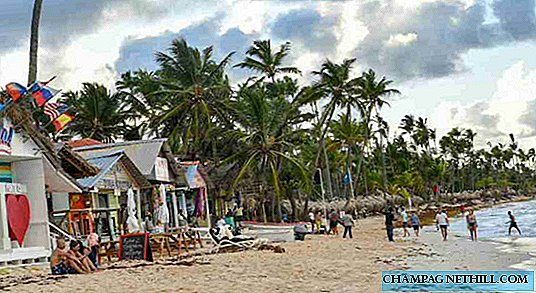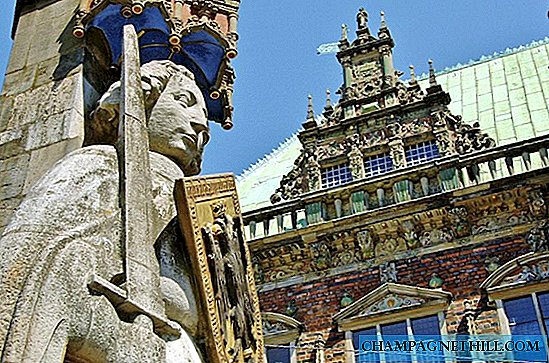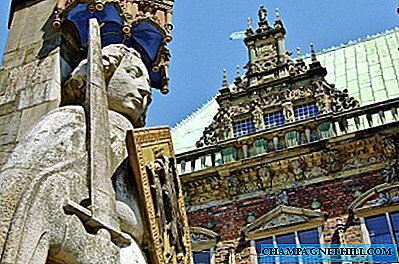
Rolando Statue in Bremen @Photo: Tourism Germany
Germany It is a country that I think is not sufficiently known and appreciated from the tourist point of view by the Spanish.
And I am referring to a tourist destination that in 2013 has again exceeded its record figures in the arrival of international tourists, with more than 70 million overnight stays, being the bavaria region, the capital Berlin and the state ofBaden-Württemberg the most visited places.
These data place Germany in the second country most visited by European citizens, after Spain.
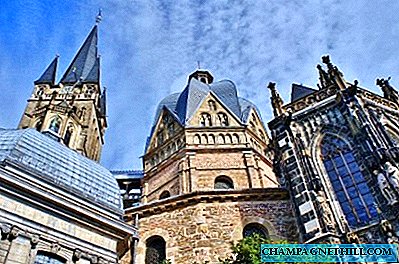
Aachen Cathedral @ Photo: Tourism Germany
But if we stick to the so-called cultural tourism (as opposed to sun and beach tourism), Germany is the favorite country among Europeans, according to a study by the world tourism consultant group IPK International.
In order to further enhance this prestige as a destination for cultural tourism, Germany has decided to dedicate this year 2014 to the special promotion of its 38 declared places World Heritage by Unesco, and to that end, has created 8 routes to visit them.
In this way, these new established routes allow you to visit palaces and castles, natural places, such as landscape enclaves and gardens, historical centers of cities and towns, churches and monasteries, industrial heritage and other monuments that stand out for their architecture or design.
These routes designed in collaboration with Unesco, also include other monuments and highlights
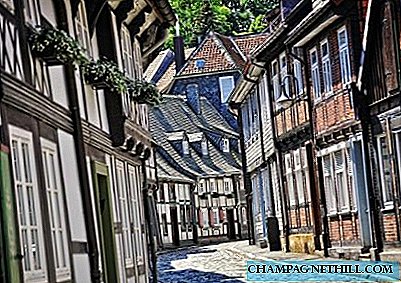
Half-timbered houses in Goslar @Foto: Tourism Germany
Detailed information on these routes and on each of the 38 places World Heritage from Germany you can find it in the web Unesco Germany which has been created for that purpose, where you also have the information in Spanish, apart from in other languages.
Unesco routes in Germany
So, for example, the Unesco Route 1 in Germany It runs through the north of the country and starts in the city of Bremen, where he town hall and the Rolando statue They are World Heritage, then go to the natural site of the Marshes of the Wadden Sea, go through the historic cities ofLübeck, Wismar Y Stralsund, and then the centenary beech trees from the Baltic Sea.
The northern route also includes the Berlin Museum Island.
The Route 2 It focuses on enclaves highlighted by their architecture and design, such as Berlin modern style houses, waveBauhaus and its centers in Weimar and Dessau. On this route you can also see Luther monuments, which includes the houses where he was born and died in Eisleben and the Wittenberg Castle Church in whose doors he nailed his thesis.
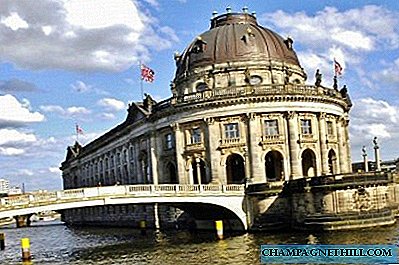
Museum Island in Berlin @Photo: Tourism Germany
This route ends in wartburg fortress in Eisenach
The Route 3 Its themes are buried treasures, such asRammelsberg mines, and architecture, like the Romanesque jewels you find in Hildesheim, theSt. Mary's Cathedral and the church of San Miguel.
In the Route 4 you find the most modern Germany, with the industrial heritage of the Ruhr basin and the romantic Rin. There are also the Colonia's cathedral, one of the icon monuments in Germany, or the aachen cathedral.
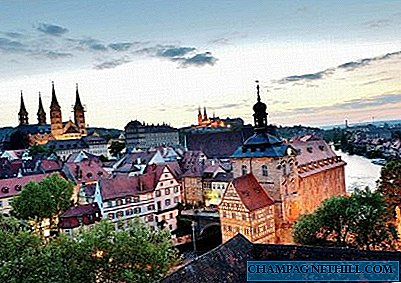
City of Bamberg in Bavaria @Photo: Tourism Germany
The palaces and gardens are the protagonists of the Route 5, which leaves from Leipzig and arrives in Dresden, and where you find the so-called set Classic weimar, or the English-style landscape complex known as the kingdom of the gardens of Dessau-Wörlitz.
This route also includes the palaces and gardens of Postdam and Berlin.
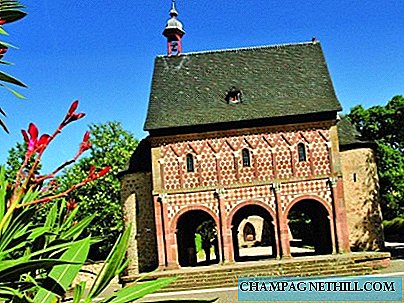
Lorsch Monastery @Photo: Tourism Germany
The enclaves of the Roman era and the cities of southern Germany mark the Route 6, in which, among other places, are the city of Bamberg or the set formed by thehistoric center of Regensburg and Stadtamhof.
In the Route 7You will visit mostly churches, convents and cathedrals, in the Palatinate and Baden-Württemberg regions. In it is Treveris, the oldest city in Germany, and you can also see the Lorsch monastery wave spire cathedral.
Finally the Route 8runs through southern Germany, where you can visit the bavarian castles, but also theprehistoric palafitic sites that are near the Alps, and that extend to other neighboring countries.
In theUnteruhldingen museums on the shores of Lake Constance and of Federsee Bad Buchau is where you can see this archaeological heritage.
Here you have extensive information about German World Heritage Routes.
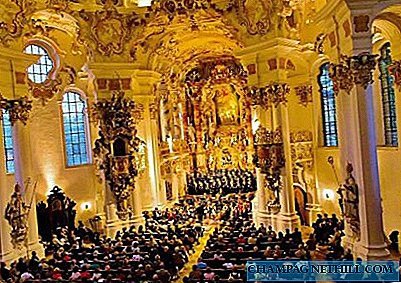
Church of Wies in Bavaria @Photo: Tourism Germany




